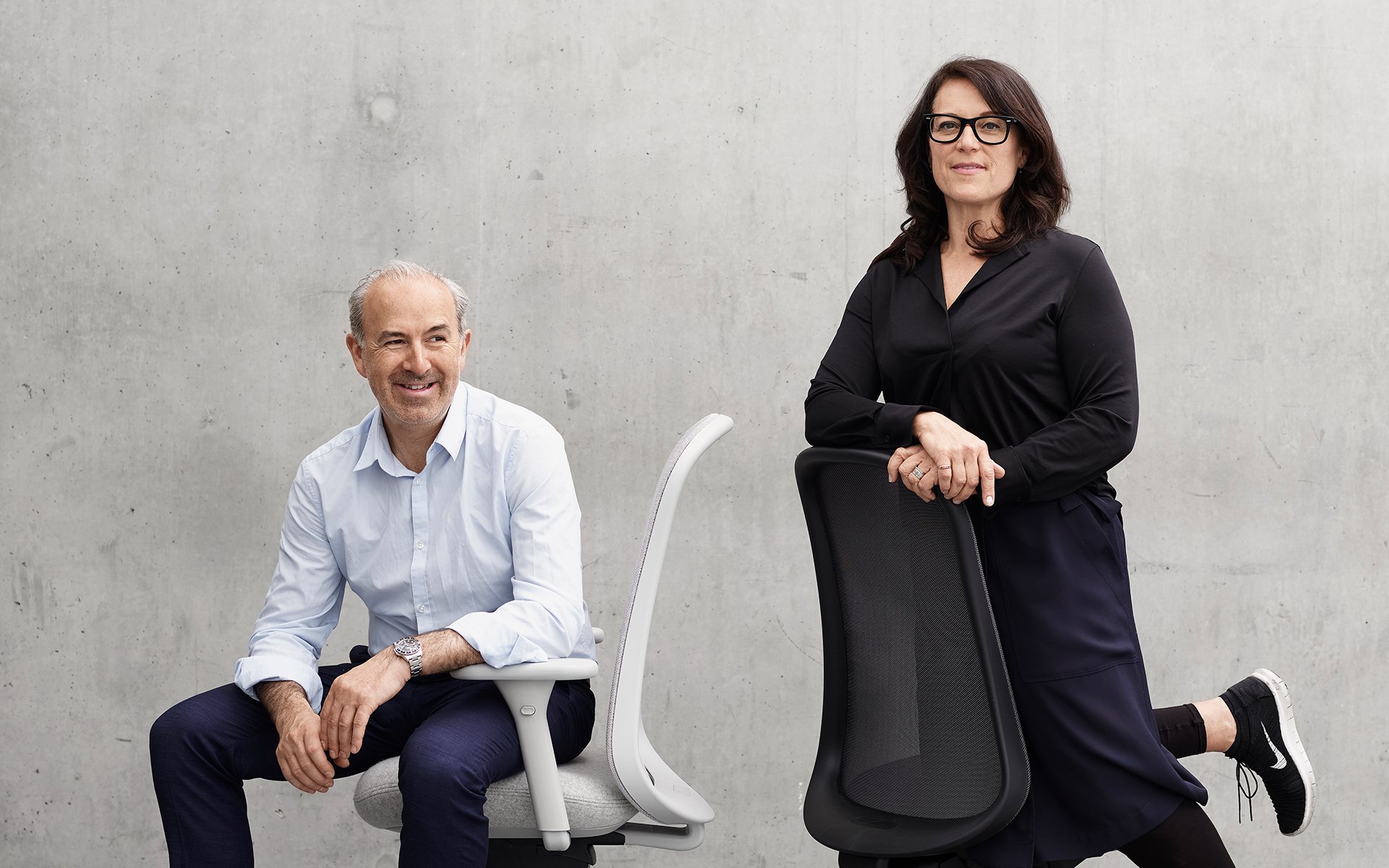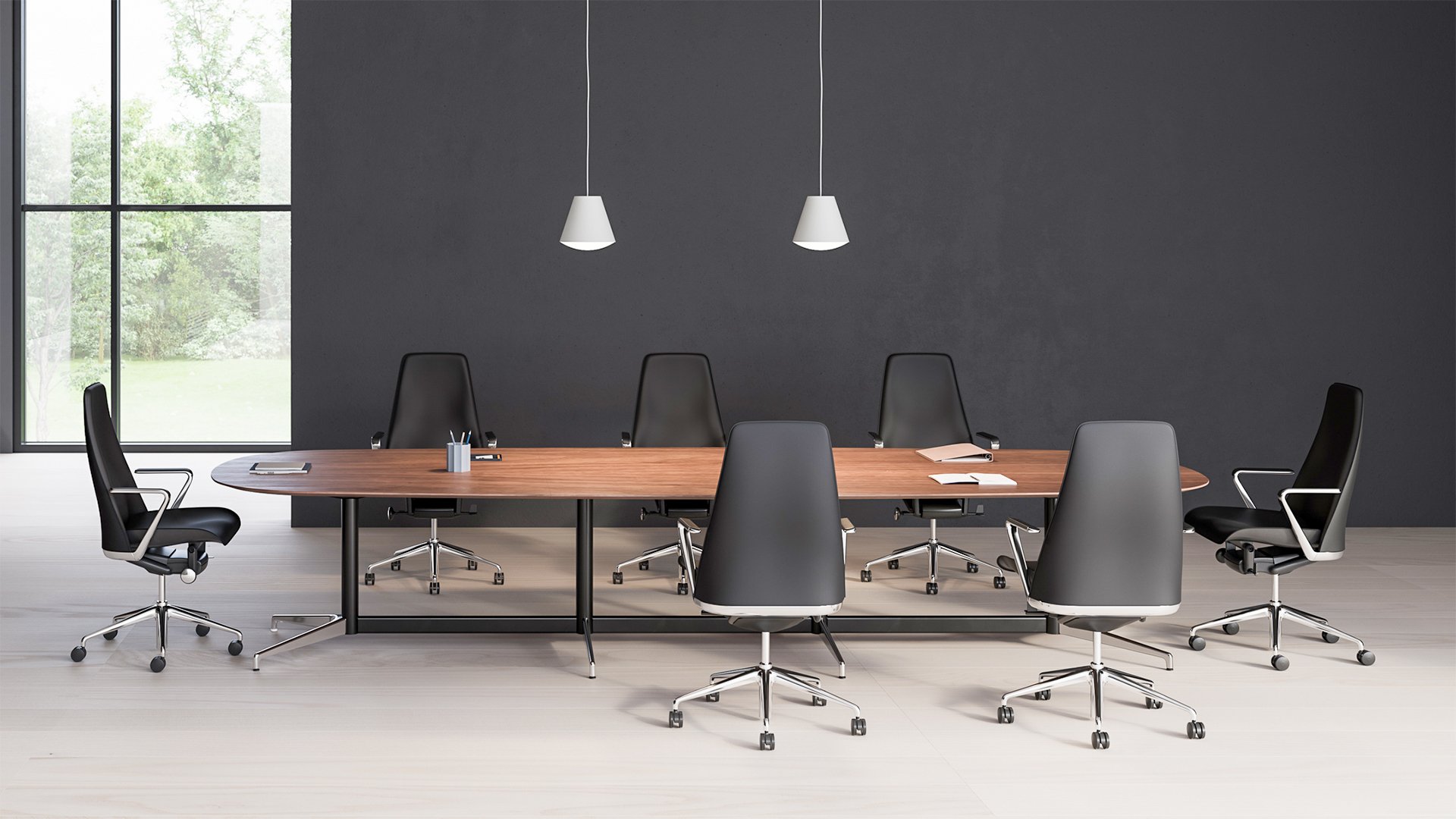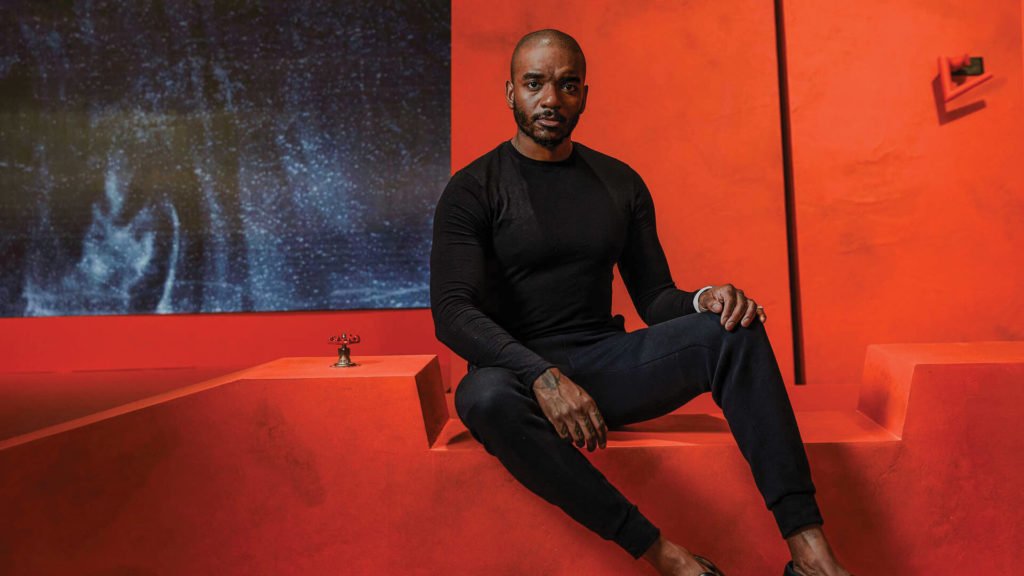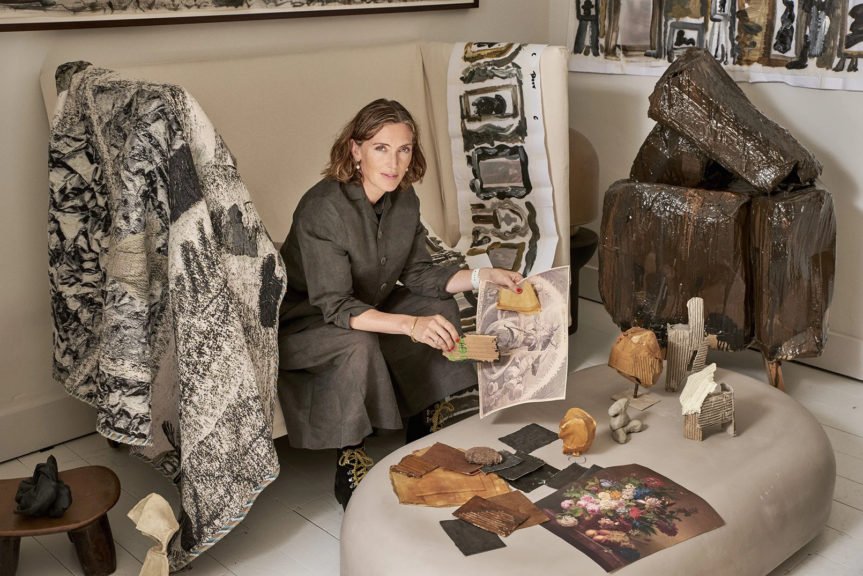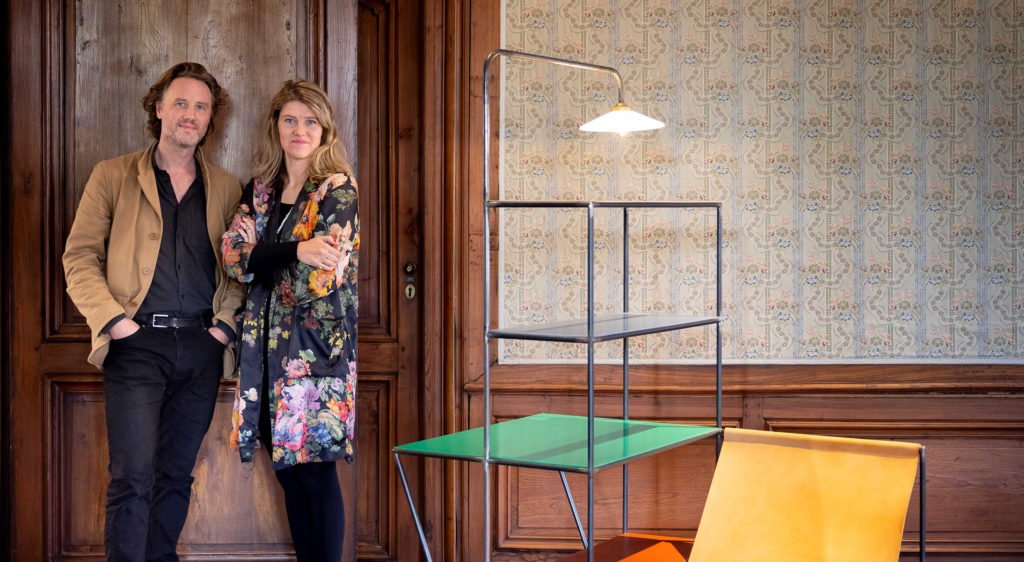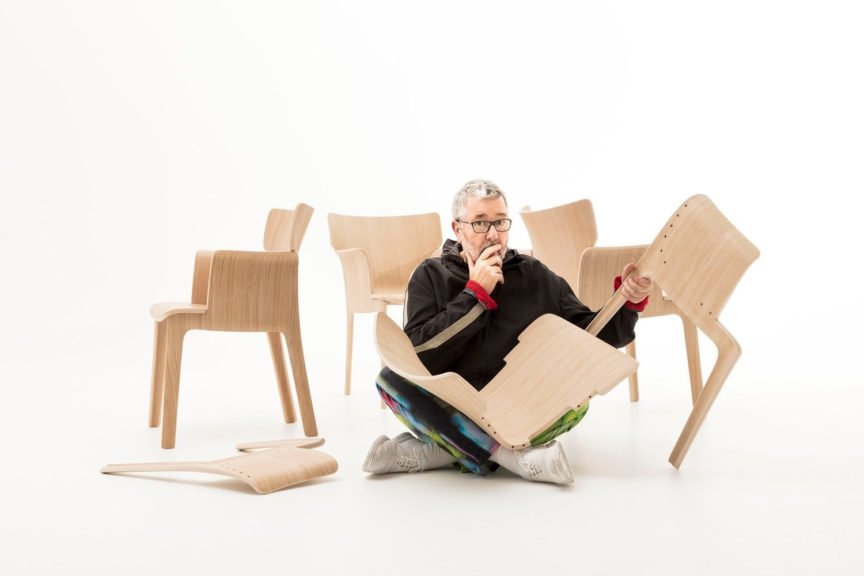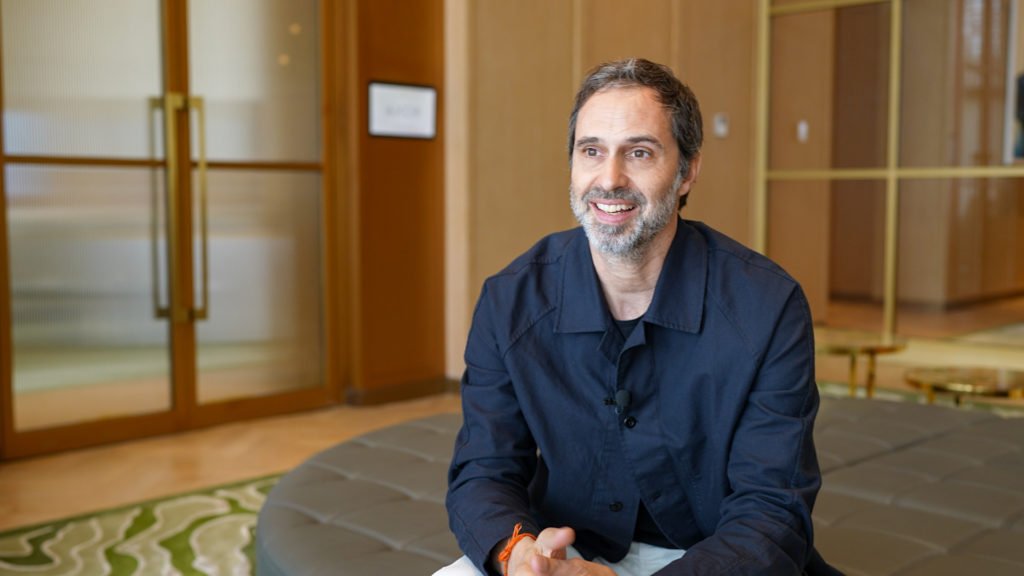Design duo Sam Hecht and Kim Colin, the founders behind the London studio, Industrial Facility, are the design consultants to world-leading brands, such as Muji, Issey Miyake, Louis Vuitton, Herman Miller and more. We met with them at the Stockholm Furniture Fair earlier this year, and got a little insight into the process behind their award-winning work.
Creating a range of products, from chairs and tables to hard drives, tents and toilet brushes, the pair approach design from an anthropological perspective. They still use paper models when prototyping designs in their studio, and are very much concerned with how everyday objects interact with their surrounding environment.
The duo’s most recent work was designing the Civic Table for office furniture brand, Herman Miller. It was launched at the Stockholm Furniture Fair earlier this year, where the pair was present. We spoke to them after the show where they imparted some of their wisdom on us – wisdom gained across their two-decade strong career.

